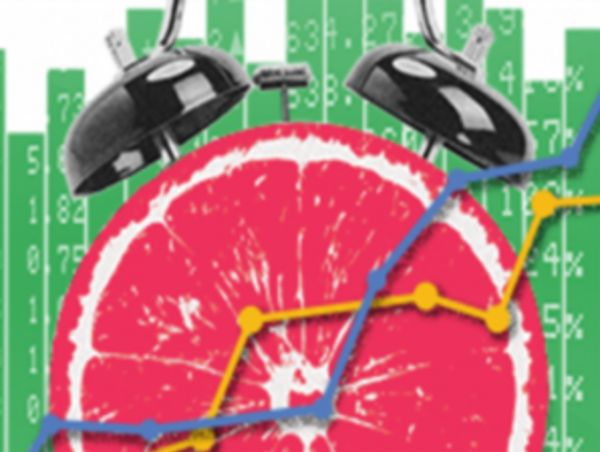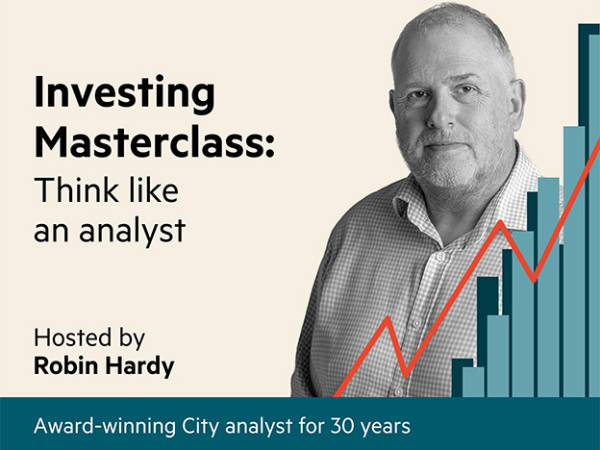Last week I recommended three books about well-known businesses for your Christmas wish list. This week's selections focus on the wider zeitgeist. Let's kick off with the most obvious book for IC readers: SMARTER INVESTING by Tim Hale - an easy read for intelligent investors. Just like No Free Lunch, Tim Hale views investing as a multi-decade endeavour, over which the big decisions - such as passive vs active investing and equity/bond balance - will probably have a more material effect than your stock selections.
So he is not concerned with picking individual stocks. Instead, he looks at the macro issues, including your emotional capacity to cope with losses and how you should divide your portfolio over the long term between the available asset classes, especially in pursuit of uncorrelated returns (which leads him, to my surprise, to include commodity futures in his prescribed mix). Two sections of the book, "Thirteen questions" to help you identify your investment profile, and Chapter 10 which sets out six simple model portfolios and their long term return and risk characteristics are worth the purchase price by themselves.
Next, two books which deal with the credit crunch. IN FED WE TRUST by David Wessel (economics editor of the Wall Street Journal) is a smoothly written account of how Ben Bernanke and other key US officials, after failing to spot the sub-prime crisis until it hit them full-on, then pulled out all the stops to keep the US financial system on the road. Do you remember how Fannie Mae and Freddie Mac, then Lehman, AIG, Wamu, Wachovia and Merrill Lynch fell like nine-pins in autumn 2008? The book describes the meetings, personalities and politics which determined how each calamity was addressed. It's basically sympathetic to its subjects but for me the key message was how these top officials consistently underestimated what was bearing down on them. According to Wessel, the fact that half Citibank's loans were hidden off its balance sheet was unknown to "several top Fed staffers" as late as July 2007. The book's cast of characters averted a 1930s style depression, but demonstrate that regulators can never keep up with banking shenanigans.
If you buy Wessel, I also recommend a counterpoint: A COLOSSAL FAILURE OF COMMON SENSE by Larry McDonald, who was a junk bond trader at Lehman. McDonald had huge reverence for Lehman, but the failure referred to in the title was not the failure by Bernanke to rescue Lehman, but the failure within Lehman. He convincingly records how the perils of its focus on sub-prime securities were clear to significant segments of its management from 2005. But they were ignored as Lehman revelled in the huge profits earned by the "sub-prime guys who walked on water". It's a colourful book, no doubt leavened with hindsight, but nevertheless a compelling inside account of Lehman.
For serious intellectual stimulation, I direct you to WALL STREET REVALUED by Andrew Smithers, a highly-regarded investment commentator who helped forge Mercury Asset Management, in its day the leading UK investment manager. The book is a sequel to Valuing Wall Street, published at the height of the millennial bull market - and which predicted its collapse.
Both books attack the argument of Ben Bernanke and his predecessor, Alan Greenspan, that no-one - not even the Fed - can distinguish between a sound rise in prices and a bubble until it is too late. By contrast, Andrew Smithers believes investment markets can be valued - albeit imperfectly - and that occasionally (five times in the last 100 years) it can be detected that markets are way ahead of themselves and central banks should calm them down. This is topical stuff.
The whole argument is complex, and I could not claim to have been in touch with it on every page (and where I was, I was not always convinced by its detail. For instance, I don't know anyone who ascribed zero value to the Japanese stock market in the 1990s when in aggregate, Japanese companies were losing money).
However, the key points are easy enough to grasp and as the book journeys through the efficient market hypothesis (the star bugbear), the equity risk premium (concerning which Mr Smithers has "yet to encounter a reference by a journalist which did not strike me as unsound in fact or inference"), the crucial difference between the return on equities and the return on equity portfolios (bearing in mind that many investors withdraw income or assets) and two compelling not entirely consistent chapters on leveraging portfolios, it gives the reader a challenging but healthy cross-country run.






